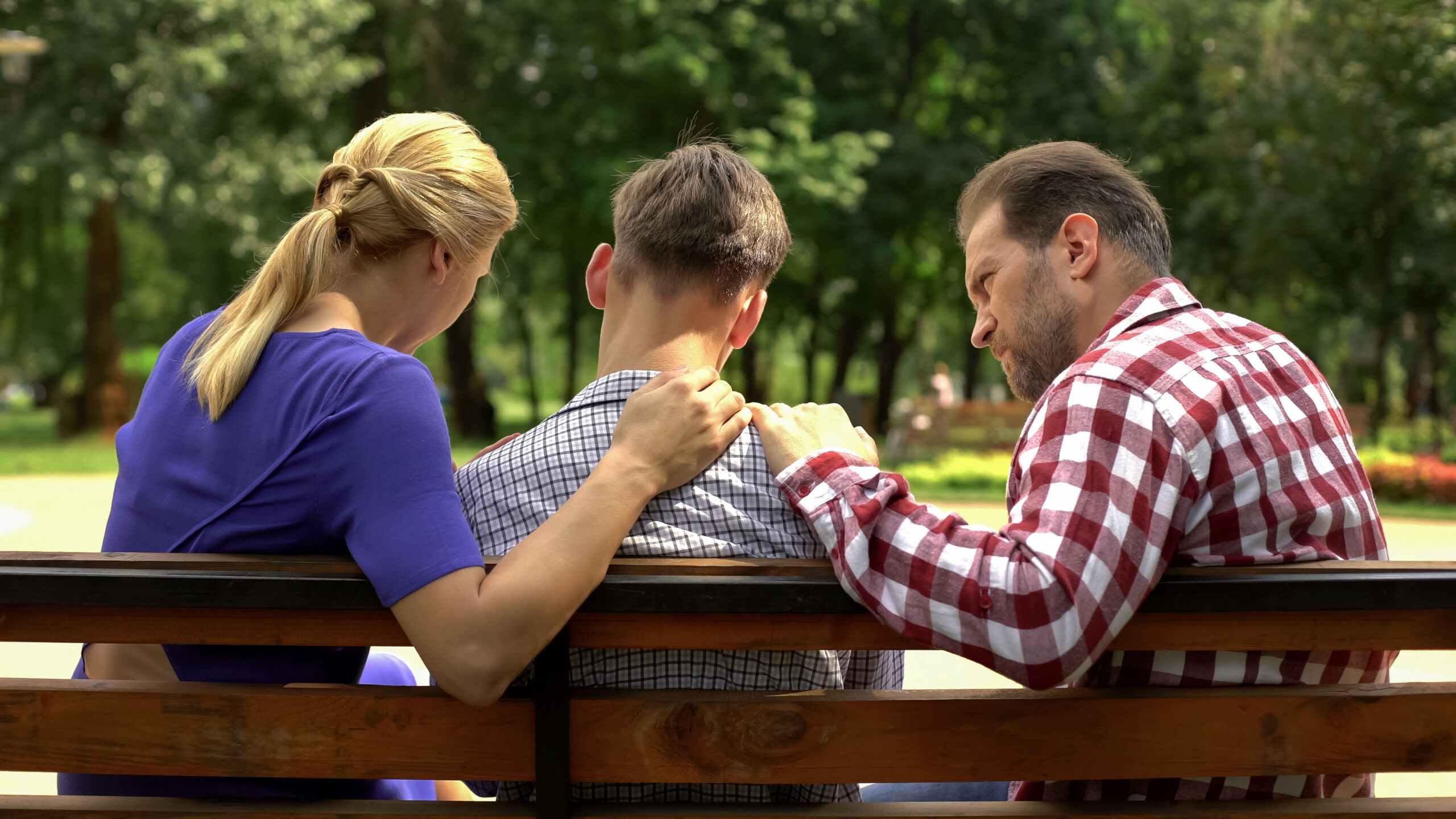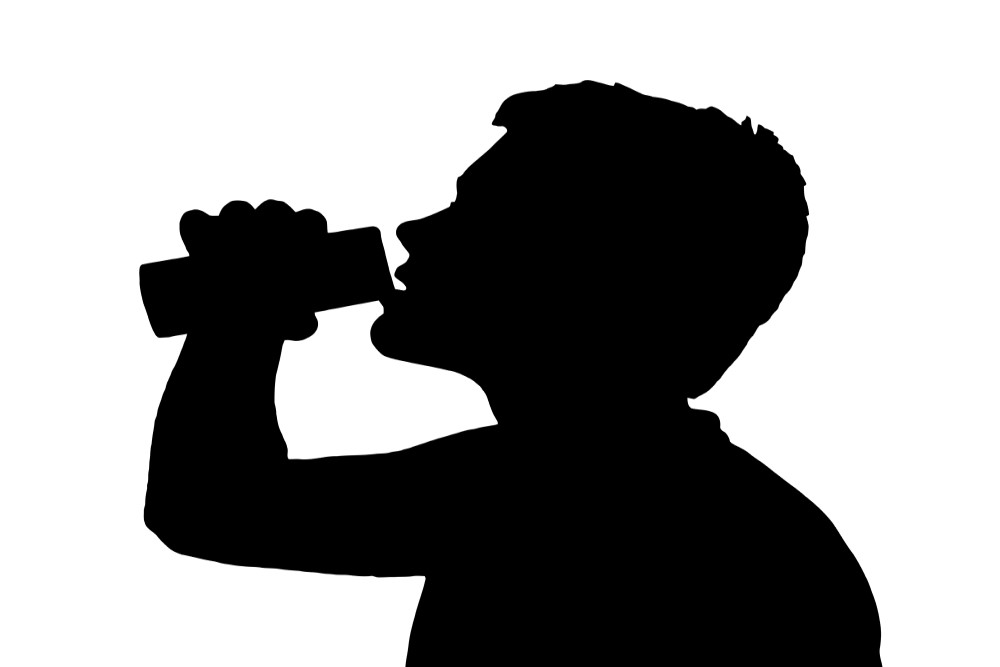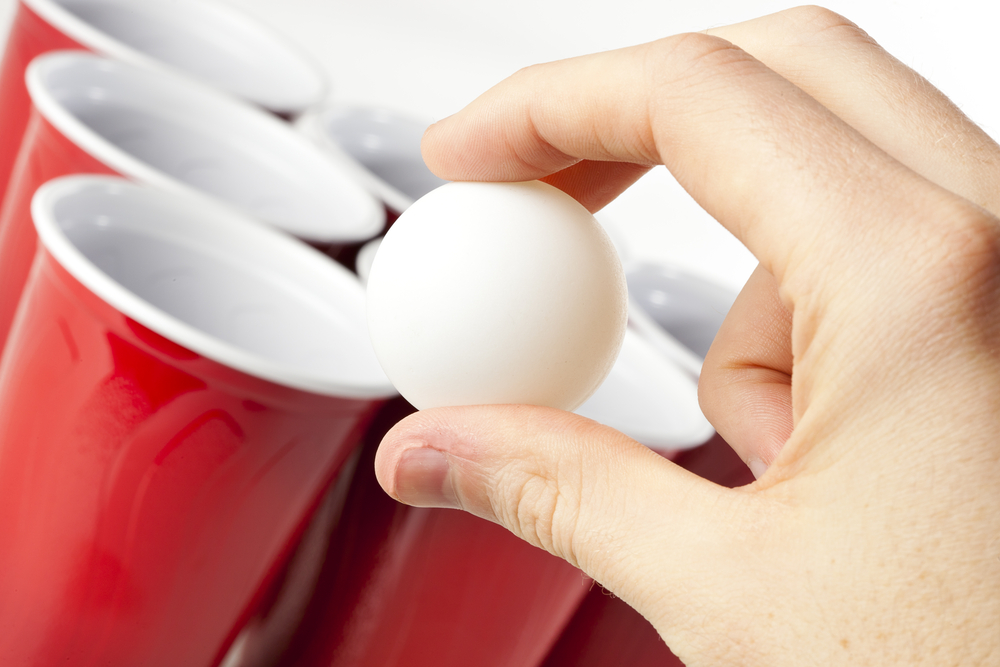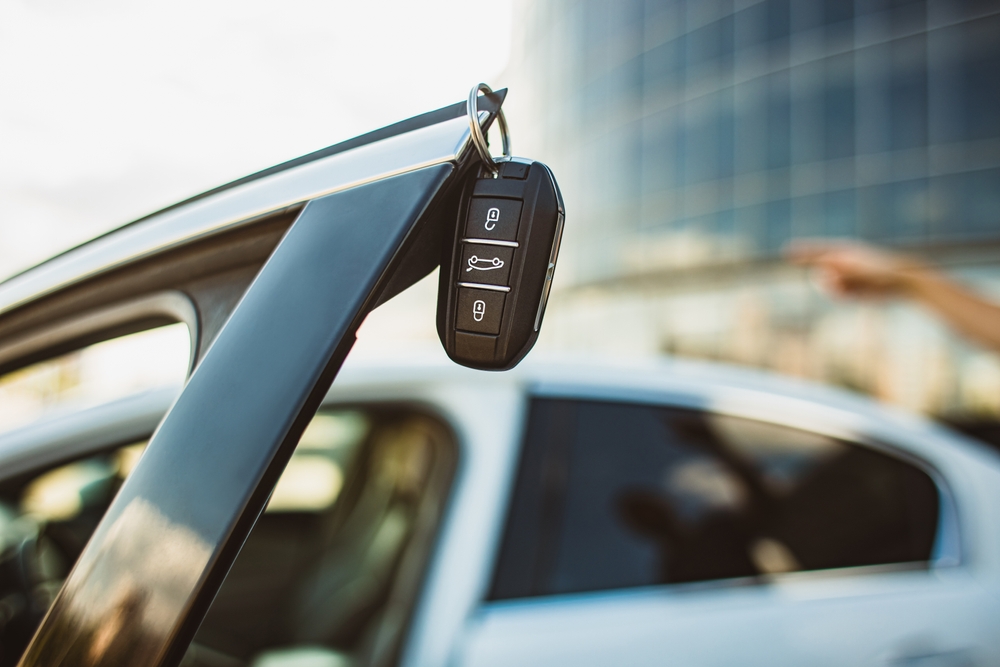Peer Pressure Facts: 4 Things Parents Should Know

Adolescence can be a challenging phase of life for kids — and their parents — to navigate. Not only are tweens and teens going through significant developmental changes, they’re also increasingly susceptible to influence from friends and social media. As a parent, you may be concerned that your child will be pressured by friends or classmates to try alcohol or engage in other risky behavior. Understanding the following peer pressure facts can help you steer your child away from trouble.
1. Peer pressure affects everyone.
Let’s face it, most of us have bought a pair of trendy jeans or had our hair cut a certain way because we wanted to “fit in.” That’s totally normal behavior whether you’re 14, 40, or 75. In fact, though we often think of peer pressure as a negative thing, it can also be positive. Just as you may have a friend who motivates you to volunteer or meet your health and fitness goals, your child may have friends who encourage them to study for classes or join a club at school.
Unfortunately, at one time or another, we’ve all had friends who didn’t have our best interests in mind when they encouraged us to do something. These are the types of situations you need to prepare your child to handle. One way you can do that is by thinking about how you’ve responded to both positive and negative peer pressure in your own life, and talking to your child about those experiences.
2. Teens are especially susceptible to peer pressure.
As children get older, they naturally start caring less about what their parents like and more about what their friends value. This is partially because they’re beginning to forge their own identities, but it’s also because their adolescent brains are still developing. In fact, their brains won’t be fully mature until around age 25! As the National Institutes of Health explains, “the reward system in the teen brain becomes extra sensitive” during this stage of development. This “reward system” can be activated by compliments from peers or a feeling of belonging.
At the same time, the teen brain is also undergoing changes in areas associated with decision making. That means teens often prioritize fitting in with their peers over making smart, independent decisions. Even teens who wouldn’t normally engage in risky behavior may choose to drink alcohol if their friends are drinking because they’re trying to fit in.
3. Peer pressure isn’t always obvious.
Sometimes peer pressure is blatant. For instance, your child may feel left out because they don’t dress a certain way or play on a specific sports team.
Other forms may be more subtle, especially when it comes to peer pressure to drink. Friend groups may glorify underage drinking in conversations or on social media. Our 2023 State of Underage Drinking in North Carolina survey found that 2 in 5 middle and high school students see their friends posting on social media with alcohol. So even if your teen isn’t being directly coerced or flattered into trying alcohol, they’re likely surrounded by conversations and images that normalize underage drinking.
4. You can prepare your child to deal with peer pressure.
The good news is that you do still have influence in what your child thinks and does, and you can use it to help them develop skills to deal with peer pressure. Make sure they understand the peer pressure facts listed above and emphasize the following actions:
- Choose like-minded friends: Friendship shouldn’t be a popularity contest. Help your teen identify friends who have similar values and interests, and who will reinforce positive choices.
- Know there’s no reason for FOMO (fear of missing out): Fewer teens are drinking alcohol. A recent study found that only 15% of people ages 12 to 20 reported drinking alcohol. That means the vast majority of teens are not participating in underage drinking.
- Set boundaries: Talk with your teen about the importance of setting boundaries with their friends and sticking to them. Explain that it’s always okay to say “No,” even if their peers don’t agree with their decision.
- Practice being assertive: Wanting to say “No” and actually saying it isn’t the same thing. Go over some scenarios where your child might encounter peer pressure and let them practice saying “No.” Work with them so they’ll feel confident sharing their decision to avoid underage drinking with friends.
- Rely on trusted adults: Reassure your teen that you’re always available to talk if they feel overwhelmed by peer pressure or other issues. Encourage them to rely on you and other adult family members, coaches, teachers, mentors, etc., who want to support them with open conversations.
Start the Conversation
Now that you have these important peer pressure facts, make some time to talk with your child in a calm and supportive way. You might even begin by sharing an experience you had with negative peer pressure and how you successfully dealt with the situation. For more tips on Starting the Conversation with children of any age, visit the Talk it Out NC website.



